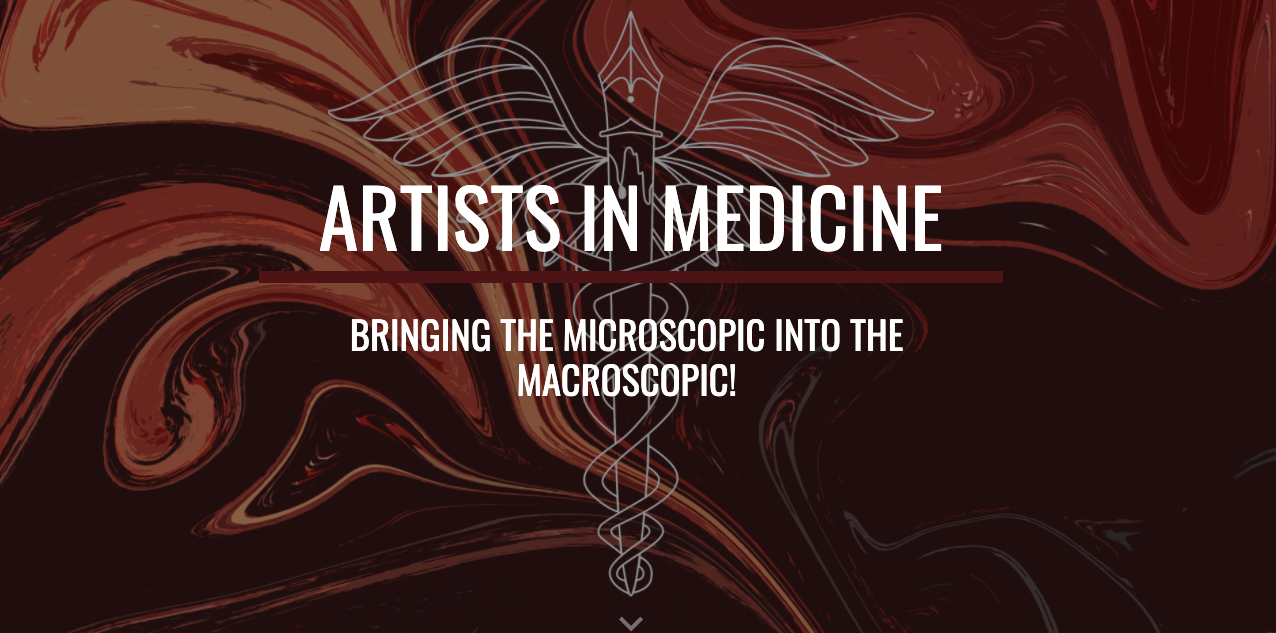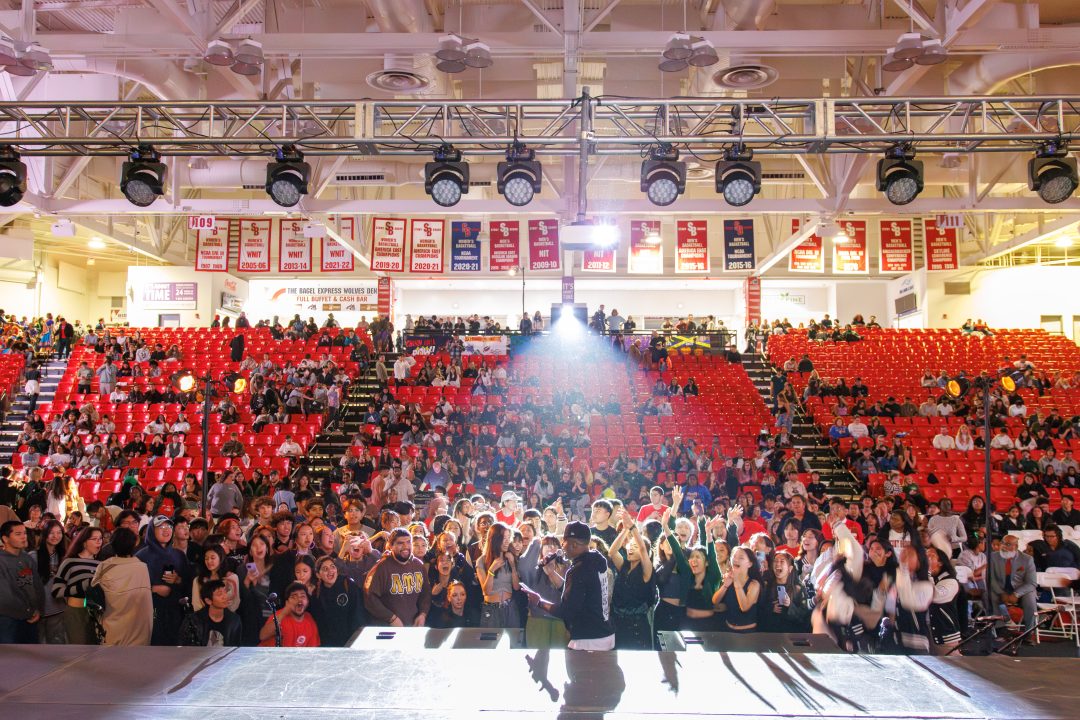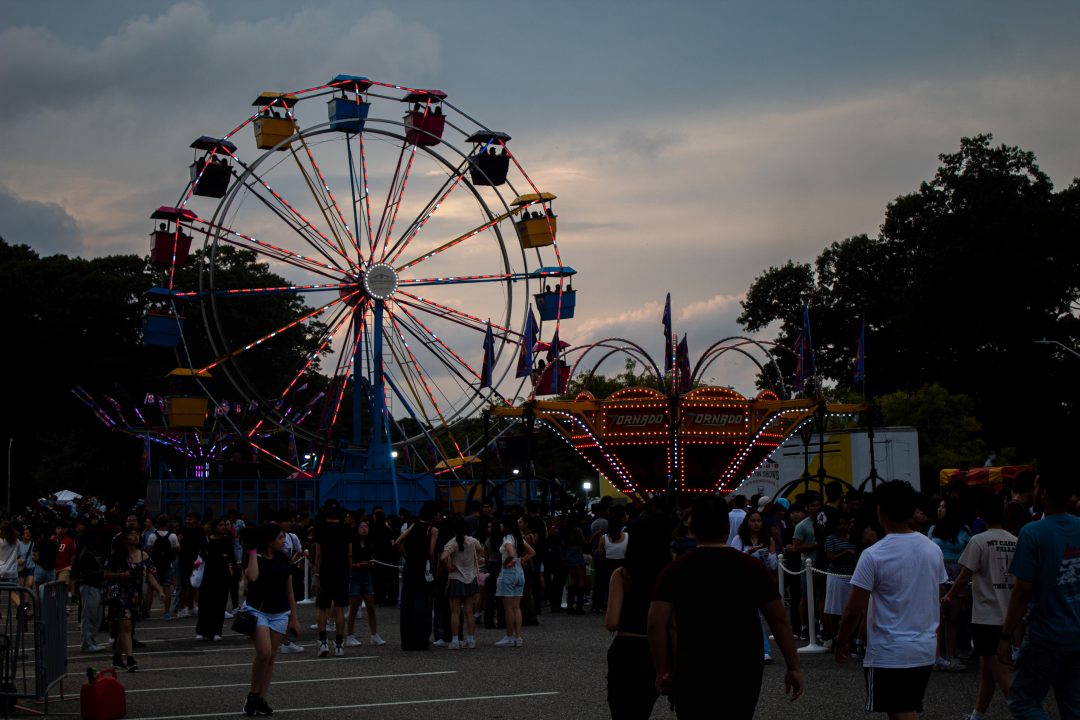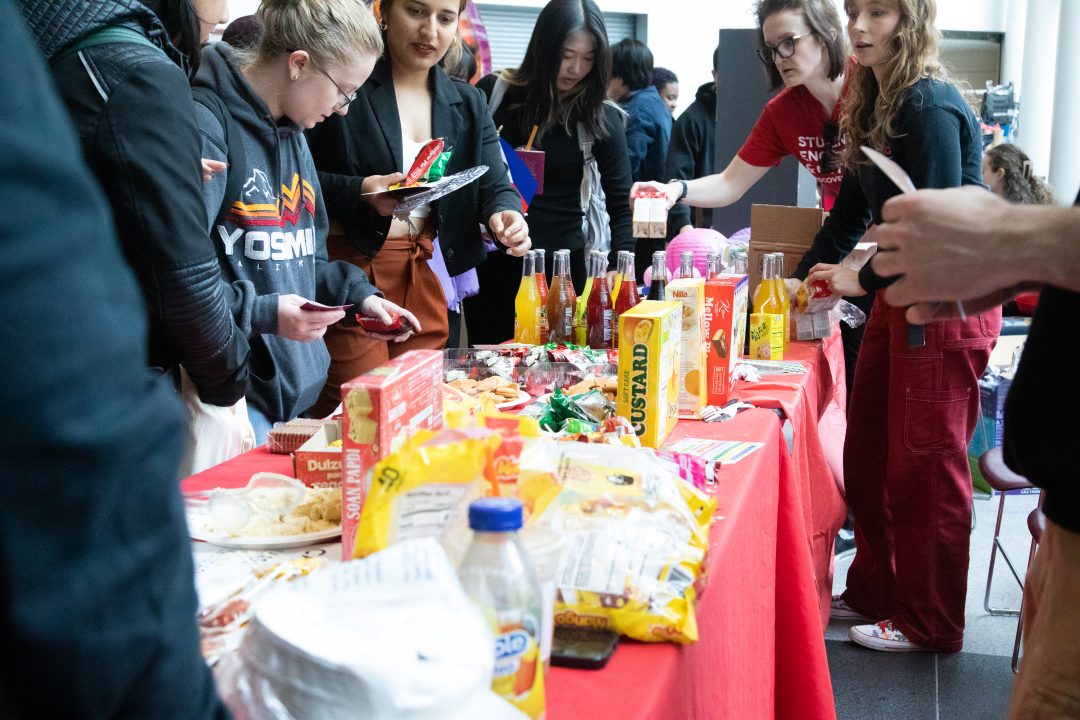
Just as their slogan “bringing the microscopic into the macroscopic!” describes, Stony Brook’s new club, Artists in Medicine, wants to use students’ artistic abilities to construct creative projects. Their goal is to combine the arts and sciences in a simplified and informative way.
The club was founded last semester by recent Stony Brook University graduate Kadir Ozler when he was still on the pre-medical track.
“The club idea initially started as a way for premedical students to draw anatomy/biology to just pass time, but after presenting the idea to a family friend, they helped me realize it could be more,” Ozler wrote in an email.
With a group of student artists and researchers, the club has created a range of teaching topics and independent art to display to the general public. Recent works like infographics of muscle contraction and depictions of anxiety and stress are just some that can be viewed on the site.

Infographic of a sarcomere in the muscle contraction, a teaching topic, by artist Sarah J. Lee and researcher John Choo, 2020. “Just as a single team-mate is the most basic unit of a sports team, a sarcomere (Sahr-co-meer) is the most basic functional unit of a muscle cell,” the text reads. /ARTISTS IN MEDICINE
The effort to bridge the divide between the arts and sciences starts with finding a deeper understanding and sharpening critical thinking skills when it comes to analyzing art. Guest lecturer Professor Karen Lloyd shared those skills at a recent general body meeting, presenting a discussion on paintings that depicted scenes found in the medical field.
Similar to Lloyd’s lectures this fall in ARH 107: Art and Medicine, students were invited to discuss their interpretations and self-reflect on the art Lloyd presented. She instructed students to pay attention to details like line, color, weight, mass, the arrangement, what stood out and what tactile qualities were used.
“Focus on point of view — where are you in relation to the individual in this image, what’s your relationship to them?” Lloyd said.

[Left] Barbara Hepworth, “Prevision,” 1948. Members acknowledged that just as the artist used tools to detail the doctor’s hands, the doctor’s tools are his hands. [Right] Ferdinand Hodler, “The Dying Valentine,” Godé-Darel, January 1915. /ARTISTS IN MEDICINE
Analysis of these paintings evoked feelings of empathy and appreciation in some of the students.
“It is almost as the background is eroding and decaying into the same concave shape as the man,” sophomore psychology major Sarah J. Lee said about “The Dying Valentine.”
Works in progress by the student artists in the club are focused on creating educational depictions explaining vaccines, viruses and antibiotic resistance, all inspired by the current state of health in the world.
“My current project is on disease inheritance so I am creating sketches on how cells transfer genetic material to one another,” sophomore Nishat Islam, who is a health science major on the pre-medical track, said. “I send out my sketches to the club e-board and the digital artist. After the digital artwork is ready and everything is finalized, it is presented to the student body through the Artists in Medicine website and it will also be presented through social media and even live art presentations.”

A segment on cortisol and regulation within the topic of anxiety and stress by artist Eunice H. Kim /ARTISTS IN MEDICINE
Most members come from a variety of academic backgrounds. Lee, an artist, said that she hoped to use her degree to one day to have a career in art therapy.
“AIM [Artists in Medicine] has given me the opportunity to apply my love of art to my interest in human anatomy and physiological processes,” Lee said. “Although the visual arts and science seem completely unrelated, they translate surprisingly well together and add dimensionality to each other.”
She is currently working on a project on olfactory receptors and “what they bind to specifically, and how this goes to the brain. The complexity of biological processes like these lends itself to novel-like formatting.”
Ozler pointed out the importance of mixing the humanities and STEM.
“I think art and the humanities bring various important tools to the table; a large part of STEM is critical thinking, especially in biology,” Ozler wrote. “Art also has this component, and it seems less spoken about; when you view a painting or a work of art, you have to take the time to consider the artist, the message they are trying to send, and the reason for this message.”


















